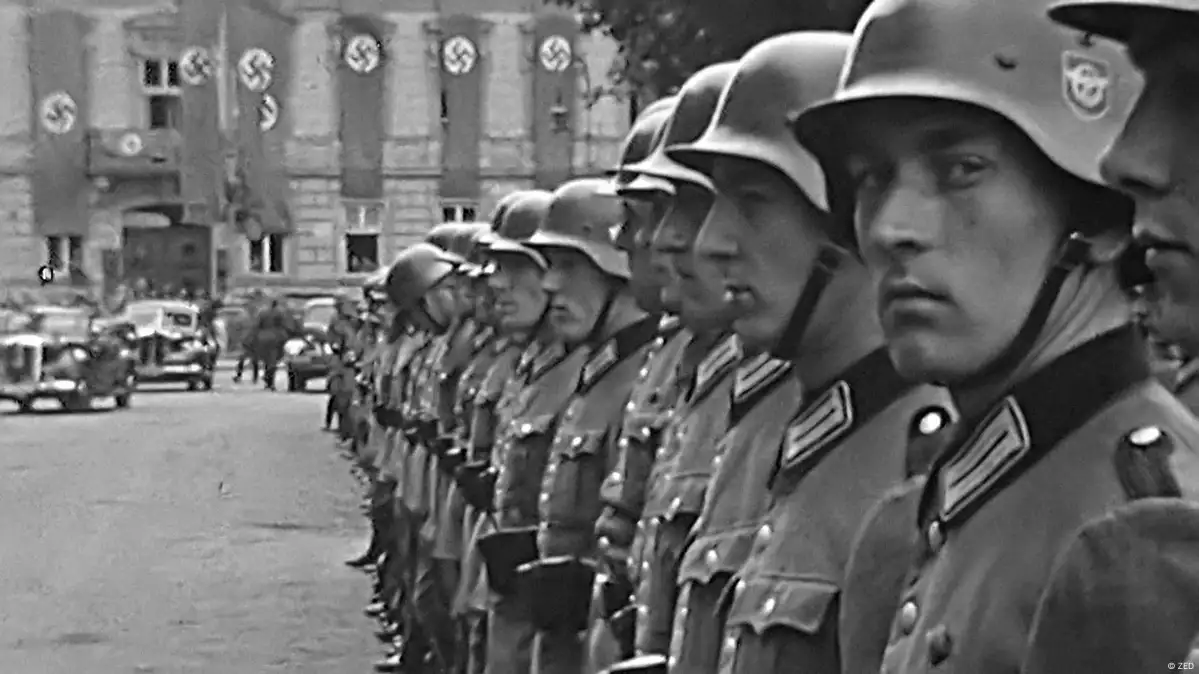Operation Barbarossa: War of Annihilation — Part 1

This browser does not support the video element.
At the beginning of the Second World War, the Nazi regime celebrated a series of military successes: boosted by rapid victories in Norway, the Netherlands, Belgium and France, the Wehrmacht prepared a secret maneuver in the east, firmly convinced that troops would be back home after a few months. But the period of unimaginable violence unleashed by Hitler would claim millions of lives. Without declaring war and with more than three million soldiers battle-ready, the Wehrmacht attacked on a broad front between the Baltic Sea and the Black Sea. In the first hours of the meticulously prepared military invasion, the Luftwaffe rained bombs on Soviet bases near the border, catching the Soviets completely off-guard. The force of the attack was seen as a continuation of the German troops’ successful ‘Blitzkrieg’ campaigns. In his instructions to the Chief of Operations in the Armed Forces High Command, written in March 1941, Hitler had already stated: ‘This upcoming campaign is more than just a battle of arms, it’s also a clash between two worldviews. The Jewish-Bolshevik intelligentsia, as the previous oppressor of the people, must be eliminated.’ Another aim: the economic exploitation of conquered territories. Many of those involved and affected by this tragedy - Germans and Soviets, soldiers and civilians alike - recorded their harrowing experiences in amateur films, letters and diaries. These vivid descriptions of the German war of aggression in the East are a far cry from official war reporting and state propaganda. These accounts, by men and women fighting for survival, document the horror on both sides of the conflict.